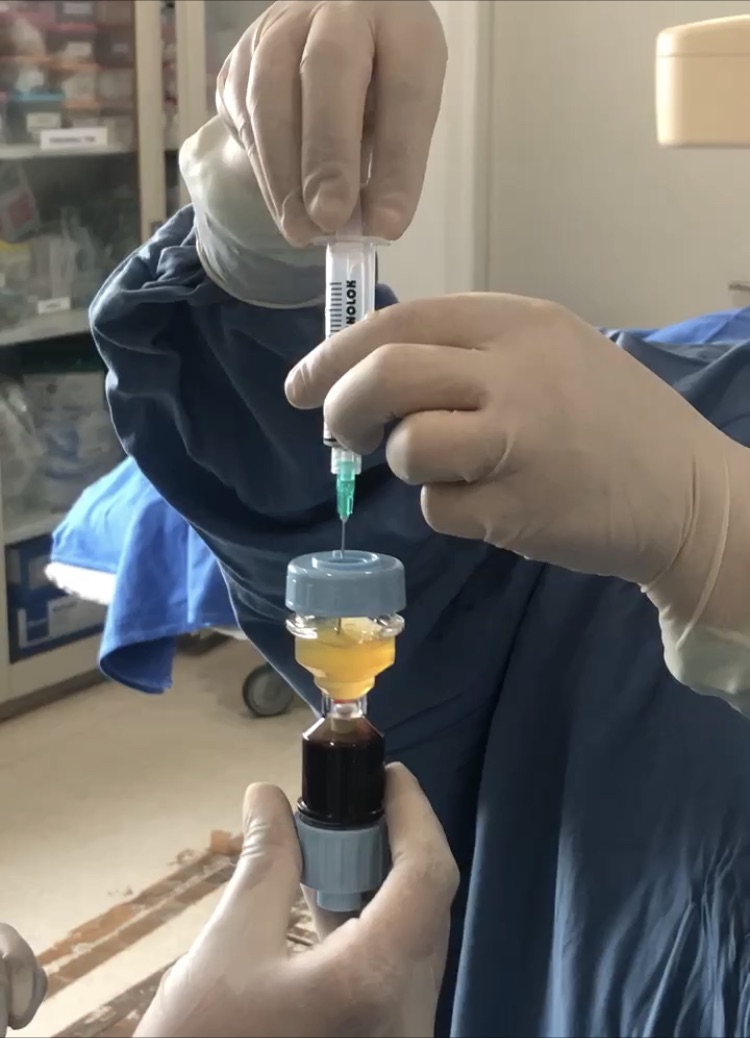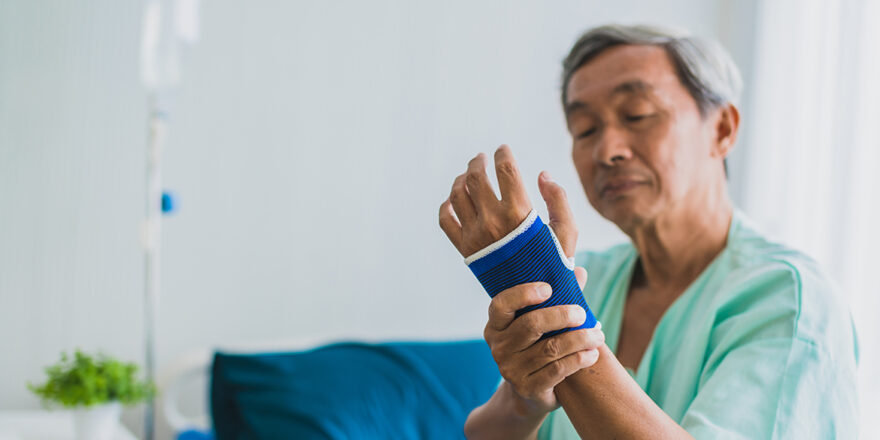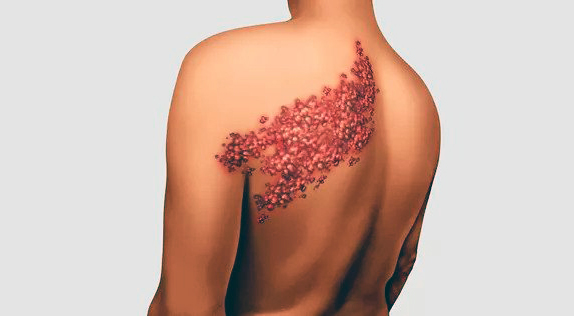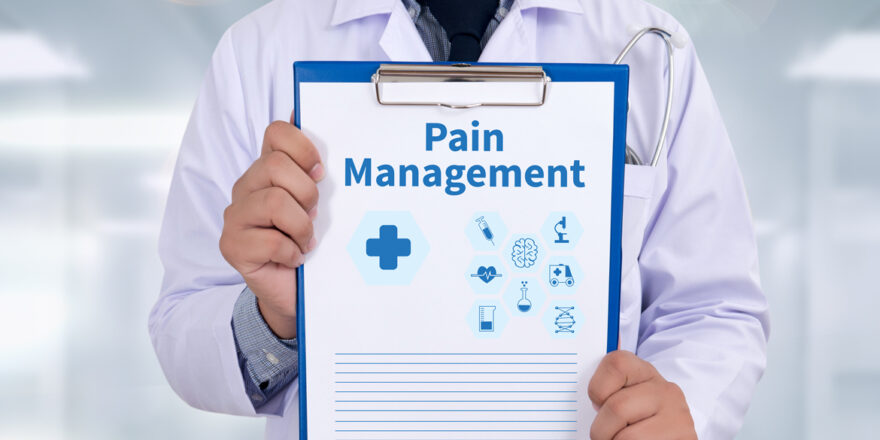If you have chronic pain in body either in neck, shoulder, hand, elbow, hip, knees, or feet which has been persistent despite taking medication and now you are not able to understand what to do in terms of treatment approach, then PRP therapy could be a solution to your long-standing problem.
PRP therapy is a natural therapy, because in this we take a patient’s own blood, transform it into PRP with a special centrifuge machine and inject the same into the patient’s problematic/painful area. The platelets work as a natural healer so the tissue which has been in a non-healing state, after injecting platelets comes into the healing process again.
I have been using PRP Ultra machine which has given us very good results.
Process of PRP: There is a special tube, in which a patient’s blood is poured. Afterwards, this tube is placed in the PRP Ultra machine. Then the spinning process separates the blood from platelets and plasma.
From the platelet rich plasma part, the upper part is discarded, and the lower platelet-rich part is taken up for injection.
Post PRP therapy: After PRP injection, the pain may worsen for initial 2-3 days followed by pain relief which usually starts from 4th – 5th day post injection and is long lasting.
Indications 1. Plantar fasciitis 2. Achilles tendinopathy 3. Tennis elbow 4. Rotator cuff tendinopathy or tear (PRP SHOULDER) 5. Knee arthritis (mild to moderate cases) 6. Meniscus injury/torn meniscus 7. Ligament Sprains 8. Chronic Tendinopathies 9. Non healing wounds
How PRP works – PRP work in a natural way to promote healing. Platelets are the blood cells which has important role in body’s repair process. Platelet in PRP increases the cellular activity and generation of new cells and tissues. Thus, it stimulates healing into the non-healing tissues.
To see the process, follow see the below video
In the video, we have demonstrated the steps of how we take a patient’s blood, and how it is converted to platelets. How these platelets when injected into different areas help in healing the chronic pain and what patients have to say post PRP therapy.





